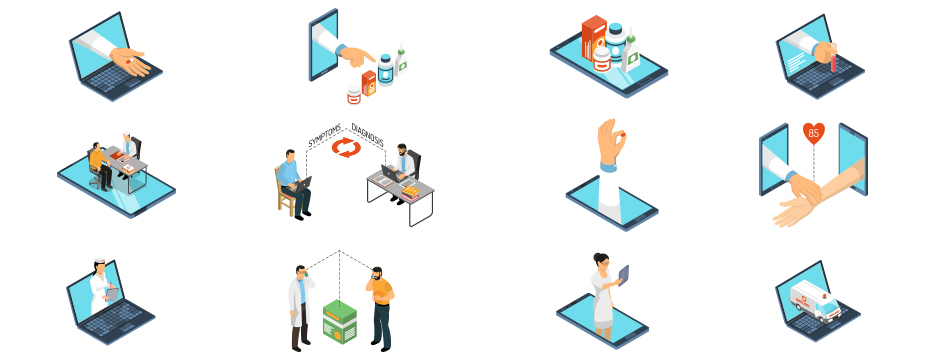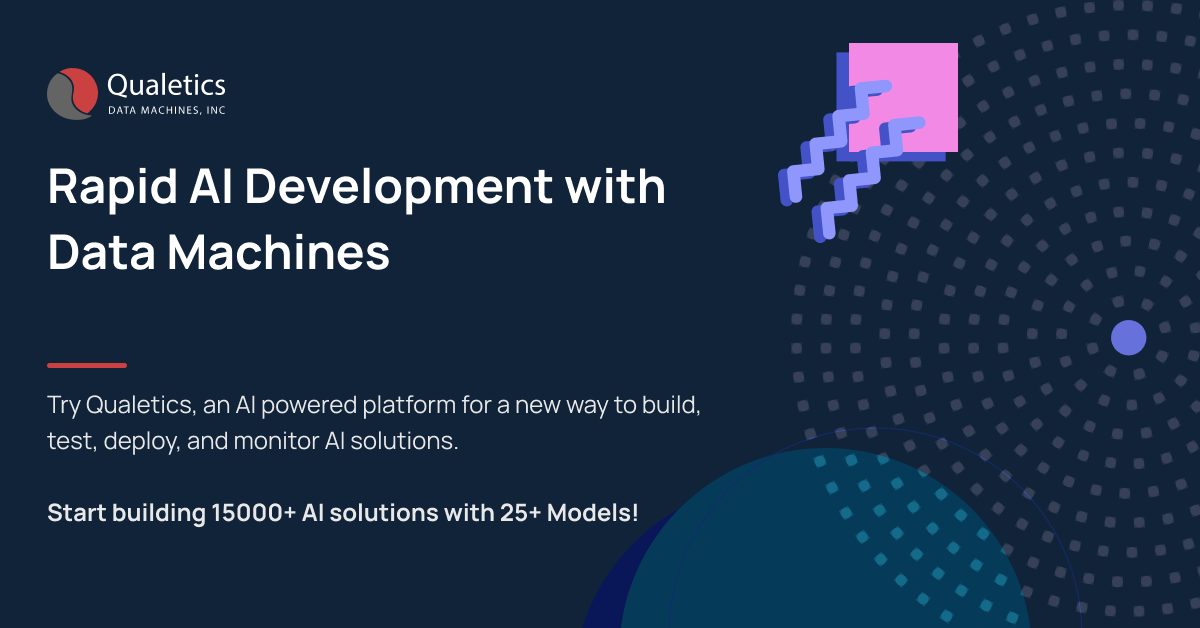Artificial Intelligence (AI) in Healthcare: Transforming Virtual Care
Virtual care is a suitable example in modern healthcare to facilitate healthcare providers, increase patient access to care and decrease the overall cost of healthcare units. And artificial intelligence (AI) is the key to unlocking expectations and preferences in the future.
Digital virtual care is a broad term that encompasses all the routes that help in providing healthcare assistance remotely. It includes regular checkups after in-person visits, monitoring vitals after surgery, or responding to queries for providing a better diagnosis of in-house patients.
Artificial intelligence is rephrasing the healthcare dynamics by upgrading virtual care systems into intelligent virtual care assistant systems. The shrinking resources and increasing patient count are the facts of current healthcare providers. The virtual care systems are not only serving the needs of healthcare units but also playing a prominent role during an emergency crisis.
For instance, during the current crisis of the COVID19 pandemic, virtual care solutions have become an indispensable tool to mitigate the risk of the virus spread.
In many countries, today, the doctor-to-patient count is high and healthcare organizations are worried that the workforce just simply can’t keep up with the demand for the services if the healthcare systems work the same way as today. And it is where AI-powered virtual care systems are filling the gaps.
AI, Virtual Care, And Quality Improvement
The healthcare ecosystem is generating large volumes of data. The data generated by healthcare providers is helping in optimizing digital healthcare services. The aggregation of universal electronic healthcare systems and patient information systems gradually increases the proliferation of digital healthcare systems. Virtual care assistance is slowly making its prominence in the healthcare domain.
The insights driven from analyzing large amounts of available healthcare data is helpful in providing better care and diagnosis. The AI systems with the capability to out-perform the repeated tasks help healthcare assistance in providing qualified care through virtual assistant systems, without compromising on the quality. The rapid evolution of computational data strategies (the integration of data science, machine learning, and AI technologies) offers promising support in making data-driven intelligent clinical decisions and qualified diagnosis of the patient with improved cure results.
Evolving AI Models in Virtual Healthcare
The existing healthcare systems are outdated and unsustainable with the increasing burden of chronic diseases, an aging population with multiple morbidities, and the increase of emergency care required. A recent review of virtual care interventions concluded that the implementation of a complex innovation such as remote care requires to be organically evolved and adapted by the local healthcare providers and social care systems.
The below mentioned are the evolving applications in the virtual healthcare domain.
Conversational agents or virtual assistants
Conversational agents are virtual assistants that help in addressing patients’ and healthcare staff queries. These agents are the natural up-gradation of human-to-human interaction to machine-to-human conversations. The natural voice or communication in the form of text is adequate. These assistants automatically upgrade themselves to provide technology-driven solutions mainly divisional by patient-guided, human-guided, and computer-guided. From addressing the queries of the patients to helping healthcare practitioners in making real-time data-driven decisions, conversational agents are making progress every day.
Reminders and messages to provide real-time care and assistance to patients e.g: for medication, nutrition, checkup appointments, and exercise time.
- Monitoring patients’ personal data, booking appointments for routine checks, and health maintenance.
- Answering the health queries and the provision of targeted health information and education.
- Providing a personalized means to address social isolation and community involvement.
- Acting as an intermediary entity between multiple healthcare service-providing agencies.
Remote patient care and management
Remote monitoring or telemonitoring involves data acquisition and analysis using appropriate sensors, connected devices, etc and communicating the real-time data insights of the patients to clinicians. Based on these insights the clinicians can monitor patients’ diagnosis structure and make better decisions. The sourced information from digitalized electronic health records helps in the synthesis of an appropriate action or response or escalation in the care of the patient that is associated with decision support systems and storage of data.
Remote patient care and management have evolved and provide assistance to clinicians in remotely monitoring chronic diseases like heart failures, pulmonary disorders, etc. The advancement in visual enhancement provides digital assistance in diagnosing the patient’s health through image scanning virtually. The present virtual healthcare systems are outperforming humans in providing care and cure.
The virtual healthcare systems are transforming the entire healthcare landscape. And by powering these systems with AI, the benefits are boundless – including reduced costs, personalized recommendations, customized treatments, and better outcomes.


